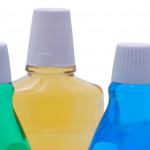
This review of the efficacy of probiotics in reducing halitosis of dental origin, when compared to a placebo intervention included 8 RCTs. Only one of the study was considered to be at low risk of bias with the authos assessing the evidence as not suggestive of a convincing benefit for the use of probiotics for treatment outcomes of halitosis.
[read the full story...]


